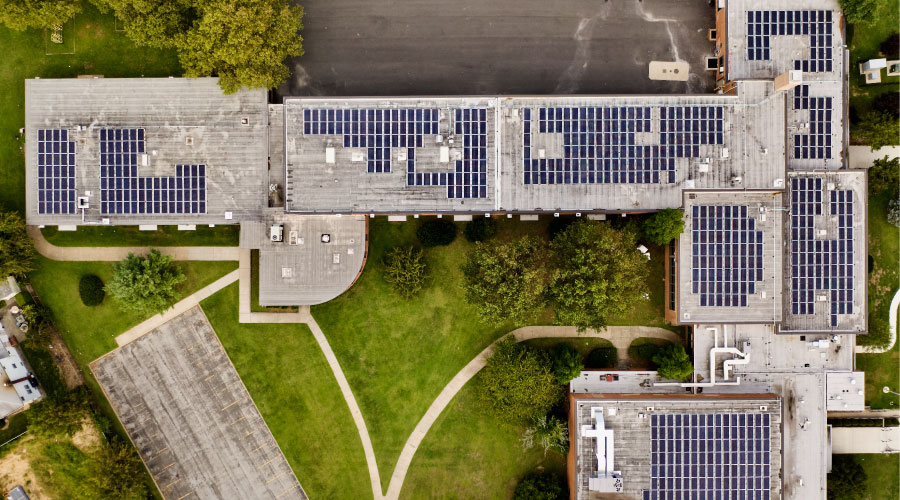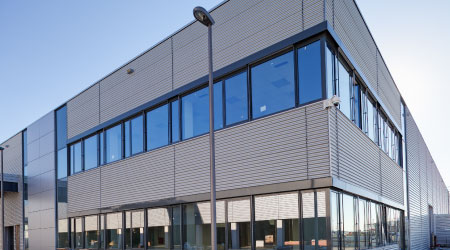Single-Ply Roofing Systems Present Some Challenges
Single-ply roofing systems also can present managers with some serious challenges. For one thing, they are very susceptible to damage from rooftop activity.
"If you're up there servicing HVAC equipment and you drop an access panel, they can be easily punctured," says Alvin Nunnikhoven with Benchmark Inc. Managers also should be aware that the structure of the systems that makes them easier to install also can mean protection problems.
"It's a single-ply membrane, so you don't have the redundancy of multiple plies of membranes," Patel says. "If you get a breach in the membrane, your cover board and insulation are immediately getting wet because there are no additional layers of protection. Moisture in your roofing system can result in curling or degradation of the insulation or cover board, and it will immediately impact the membrane. You can get adhesion loss or some other type of failure. They're less forgiving systems."
Managers also can encounter problems finding qualified installation contractors.
"You generally need experienced, approved contractors for some of the higher-end systems based on the manufacturer's requirements, particularly to obtain specific warranties," Patel says. "Many contractors are familiar with traditional, multi-ply, cold fluid-applied modified bitumen or hot-asphalt systems but may not have the experience of heat welding seams for single-ply systems."
Specification Matters
The task of determining whether a single-ply system is the most appropriate choice depends on several factors. The first involves the landscape of the roof. Single-ply rolls are larger and wider than those for other types of roofing systems, so they also have fewer seams, but they also are more difficult to manage around penetrations.
"For that reason, single-ply systems are probably extremely advantageous on large roofs with minimal penetrations," Hargrove says. Patel advises managers to consider other common elements of rooftops that can result in more foot traffic.
"Are there mechanical systems that constantly need to be maintained?" he asks. "Is there going to be a lot of foot traffic? Are there many roof penetrations? Are there complex penetrations to flash? Do you need a more durable membrane? Those factors are really more important than the geographic location or the type of facility itself."
But in some cases, the type of facility can affect roof specification.
"Every manager will tell you that their facility is sensitive to water penetration, but some more so than others," Hargrove says. "Say it's a critical-care facility or a hospital, where the ability to tolerate water penetration is absolutely zero. Then there may be a consideration regarding the lack of redundancy that single-plies bring to the table."
Related Topics:














